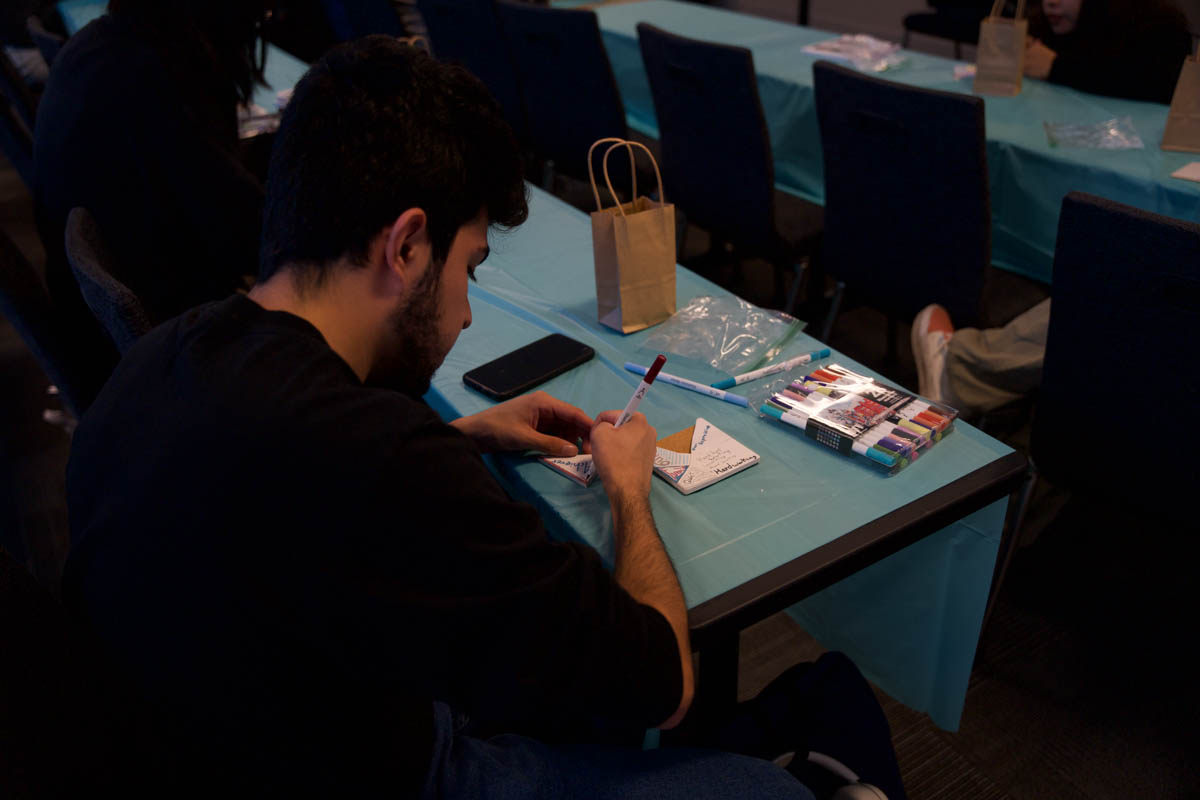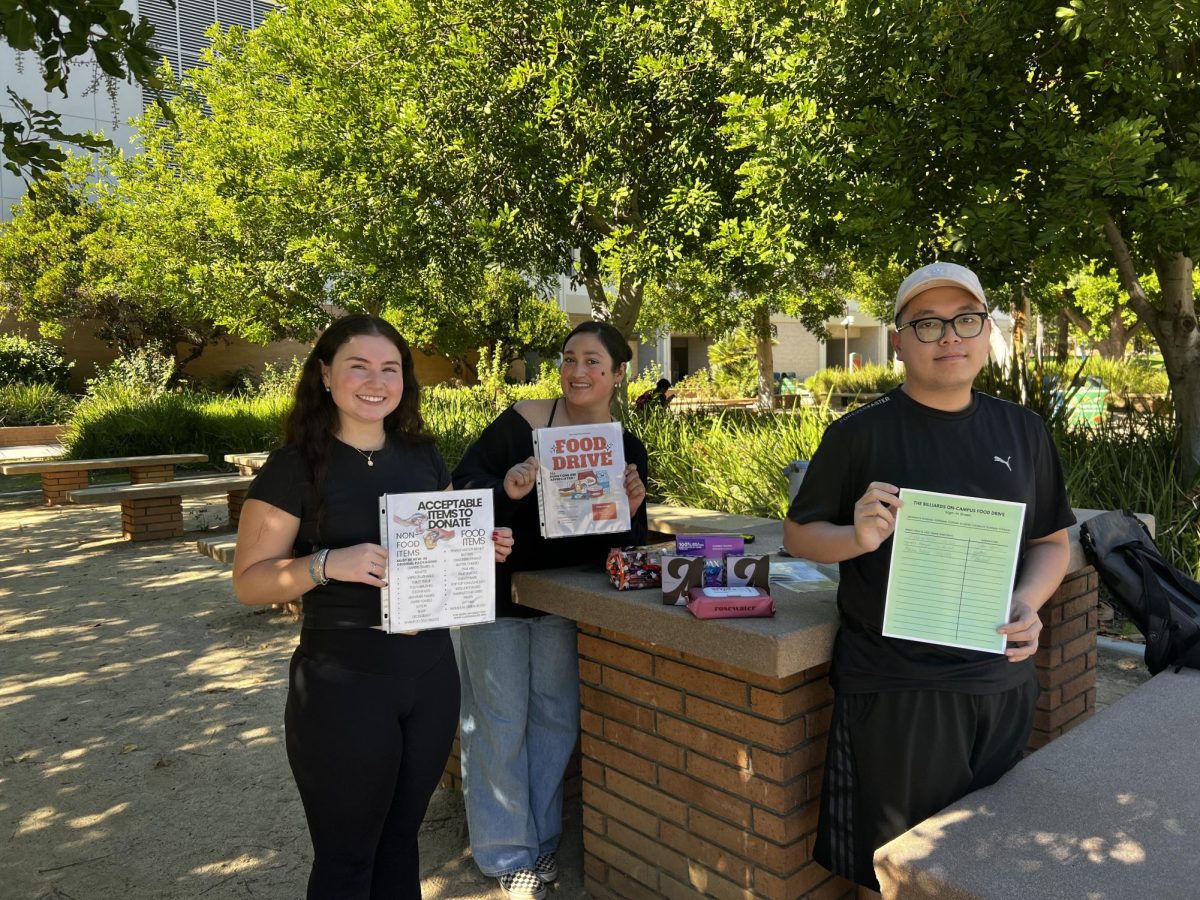While use of drones has traditionally been a military function, recent improvements in technology have allowed for these unmanned aerial vehicles to invade college campuses across the nation.
As experts continue to debate whether or not domestic use of drones is a step in the right direction, dozens of universities have applied for permission to fly these drones across their respective campuses.
College campuses have been experimenting with the idea of using unmanned drones since early 2012. On a more larger level, drone usage has been a point of conversation since aerial warfare came to the forefront over 100 years ago. The first targeted attack from an unmanned aerial vehicle took place Feb. 4, 2002, in an attempt to kill someone the US thought was Osama Bin Laden.
The benefits, as far as military use goes, includes improved monitoring and surveillance, safer aviation testing, more methodical landscaping projects and potentially, more efficient modes of flight and methods of delivery. In regards to military use and targeted killing of drones, the technological convenience outweighs any other said benefit.
Drones, or unmanned aerial vehicles (UAV) and unmanned aerial systems (UAS) as Timothy Fox of CSUN’s mechanical engineering department would rather refer to them as, create the opportunity to run tests without directly putting a human life in danger.
“Test pilots would no longer be put at risk, but would instead just be flying them safely from a building,” said Ryan Crane, senior mechanical engineering.
Aside from the intended application of this technology, the potential benefits are now being applied on a more domestic level.
Amazon CEO Jeff Bezos announced in Dec. 2013 that the company plans to offer 30-minute quick deliveries via drone-like ‘octocopters.’ While the Federal Aviation Administration (FAA) still has to sign off on Amazon’s flight plans, the new method of delivery – Prime Air – is still estimated to being launched sometime in 2015. Amazon’s drones have a 10-mile radius and would be capable of carrying shipments of up to 5 pounds, which is the weight of about 86 percent of all Amazon deliveries.
The more surprising development of these unmanned aerial vehicles has been the increased demand for the technology at colleges and universities. According to Fox News, 34 colleges in the U.S. applied in 2012 for the use of drones on their campuses. The report states the schools plan to use the technology for scientific research.
Implementation of drones on a university campus is primarily beneficial to survey the campus for extended hours, according to Levon Petrosyan, senior Mechanical Engineering student working in Dr. Fox’s senior design project in which the team builds a UAS for the Association for Unmanned Vehicles Systems International (AUVSI) competition in June.
During emergency lockdowns, a drone can provide vital information via reconnaissance without putting human lives in danger. Additionally, they can survey areas where patrol cars and officials aren’t as effective.
Dr. Fox’s senior aerial project, which 40 students are taking part in, involves mechanical engineering students designing and building a UAS, which consists of an unmanned aerial vehicle (UAV) and a ground controlled station (GCS). The goal is to build this aircraft with a control system that can survey and provide reconnaissance to the ground control system.
“In this case, we want to simulate an event in which a fire needs to be contained and information about humans or warn of possible threats,” Petrosyan said.
This year’s aircraft will be larger than any project in the past, allowing for the integration of solar cells. This added technology yields extended flight times and although expensive, can provide a more environmentally friendly and efficient alternative. Longer flight duration is especially useful in situations of larger, uncontained fires where recalling the aircraft to recharge/refuel is unproductive.
While safety continues to be the mask for a potentially intrusive form of technology, the likely drawbacks of cost and violation of privacy aren’t easily ignored. Forbes estimates that Amazon’s Prime Air drones will have an acquisition cost of $50,000, in addition to all future operation and maintenance costs that will most likely be in the hundreds of dollars per hour range. Universities will ultimately spend hundreds of thousands, even millions of dollars to both use and maintain such technology, a cost that will have a domino effect on tuition.
“I would oppose drones on college campuses,” said Andres Granados, senior History student at CSUN. “We don’t need tuition to increase and I think drones are an attempt to increase revenue for weapon companies and those who invest in them. I think it’s about money, not safety.”
In December 2013, three universities – the University of Alaska system, Texas A&M University at Corpus Christi, and Virginia Tech – were chosen by the federal government to be part of the six sites selected to test drone aircrafts. The testing will focus on improving safety standards.
As more universities get involved with projects relating to unmanned aerial vehicles, the futuristic world envisioned in Hanna-Barbera’s Jetsons is slowly becoming a reality.










